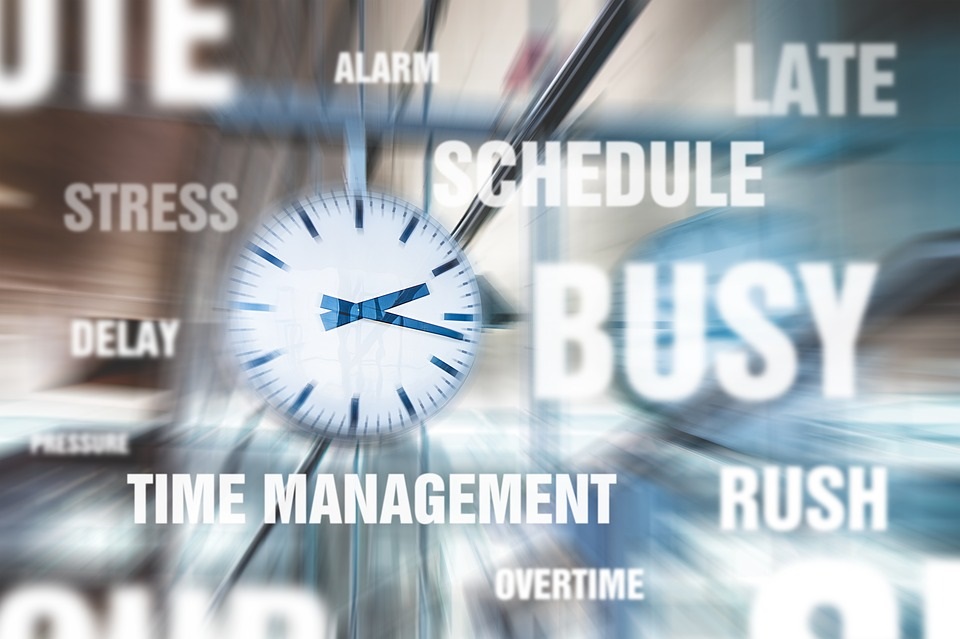Heart Health and exercise
Physical activity helps control your weight, reduce blood pressure and cholesterol, and improve your mental health – helping you to look and feel great.
Along with healthy eating and not smoking, physical activity improves heart health by preventing heart disease as well as helping you to recover if you have had a heart event.
Why should I be active?
Did you know that being physically inactive increases your risk of heart disease and stroke by 50%?
Your heart is a muscle and needs exercise to help keep it fit so that it can pump blood efficiently around your body. Without regular physical activity, the body slowly loses its strength, stamina, and ability to function well.
Lifelong physical activity, such as a brisk walk for as little as 30 minutes a day, is important for:
• Preventing heart disease
• Lowering your risk of high blood pressure, diabetes, and stroke
• Helping to fight the battle to quit smoking
• Aiding cardiac rehabilitation
• Establishing good heart-healthy habits in children
• Building stronger immunity
• Reducing blood pressure in people who already have high blood pressure
• Helping to reduce stress, tension, depression, and anxiety
• Helping to control weight
• Improving overall health and wellbeing, prolonging your optimal health.
For each hour of regular exercise, you get, you’ll gain about two hours of additional life expectancy, even if you don’t start until middle age!
Whatever type of activity you choose to do, the more you move the better.
What type of activity is good for my heart?
Walking is a great option. Nearly everyone can do it, and all you need is a pair of shoes. You could go swimming, take exercise classes or play a sport, but physical activity also includes everyday things like gardening and climbing stairs.
Remember, any increase in physical activity will be good for your health. You’ll get added benefits by including activities that help strengthen muscles twice a week, such as exercising with weights, working with resistance bands, heavy gardening, or carrying shopping.
You should aim to build up to a total of 150 minutes (2.5 hours) of moderate-intensity activity each week. Moderate-intensity activity will make you feel warmer, breathe harder, and make your heart beat faster than usual, but you should still be able to carry on a conversation. The best way to tell if the exercise you are doing is working is to take the talk test.
Many health problems can be helped by regular physical activity, but if you do have a health problem, or have a condition that you are taking prescribed medication for, you should check the amount and type of activity that is suitable for you with your GP.
How do I get started?
It’s never too late to start. Everyone can benefit from moving more – whatever your age, size or physical condition. The good news is that inactive people that start to do moderate physical activity feel the biggest health benefits – your health risks will decrease as soon as you start to move!
Getting started is easier than you think. Changing a few daily habits can soon add up to a more active you. Be active in as many ways as possible every day. Every 10 minutes counts. And if you don’t think you can squeeze anything else into your day, see if you can reduce the time you spend sitting still and free up time to be active.
• Start in small amounts
• Find an activity that you enjoy doing
• Ask family or a friend to join you
• Set yourself a realistic target to do a little exercise each day
• Gradually increase the amount you are doing. Go for a little longer or a little further
• Build up to 30 minutes of moderate
How do I stay safe while exercising?
If you are new to exercise or haven't exercised for some time, it is a good idea to talk to your doctor before starting an exercise programme
• Wear comfortable clothing and appropriate footwear
• Warm up and cool down. When you begin your activity, begin slowly for the first few minutes and build up gradually. When coming to the end of your activity, take time to slow down
• Stretch after your exercise. This will help you to avoid pain and stiffness in your joints and muscles. To find out about easy stretches visit ACC
• Take the 'talk test'
• Avoid exercising if you are feeling unwell
• If you are taking medications for diabetes, talk to your doctor or nurse about the best time of day to exercise
• Remember, it’s best to stop exercising if you feel any pain or discomfort
• BHF resource
Work-related stress and how to tackle it
Employers have a legal duty to protect employees from stress at work by doing a risk assessment and acting on it.
What is stress?
HSE defines stress as ‘the adverse reaction people have to excessive pressures or other types of demand placed on them’.
Employees feel stress when they can’t cope with pressures and other issues. Employers should match demands on employees’ skills and knowledge.
For example, employees can get stressed if they feel they don’t have the skills or time to meet tight deadlines. Providing planning, training, and support can reduce pressure and bring stress levels down. Stress affects people differently – what stresses one person may not affect another. Factors like skills and experience, age, or disability may all affect whether an employee can cope.
There are six main areas of work design that can affect stress levels. You should manage these properly. They are:
• demands
• control
• support
• relationships
• role
• change
Employers should assess the risks in these areas to manage stress in the workplace.
Signs of stress
Stress is not an illness but it can make you ill. Recognising the signs of stress will help employers to take steps to stop, lower, and manage stress in their workplace.
Protecting employees
To protect employees from stress at work, employers should assess risks to their health. You may need to develop individual action plans for employees suffering from stress. Employers may also find HSE’s Management Standards-helpful.
The standards help identify and manage the six causes of stress at work.
Help for employees
If employees feel stressed at work they should talk to someone, for example, their manager, trade union representative, GP, or occupational health team.
Signs of stress at work
If employees start acting differently, it can be a sign they are stressed. Managers should lookout for signs of stress in teams and employees, listed below.
Think about whether the stress could be linked to work pressure. Acting early can reduce the impact of pressure and make it easier to reduce or remove the causes. If managers are worried that an employee is showing some of these signs, they should encourage them to see their GP. These signs can be symptoms of other conditions.
If there is something wrong at work, and this has caused the problem, managers should take action.
Signs of stress in teams
There may be signs of stress in a team, like:
• arguments
• higher staff turnover
• more reports of stress
• more sickness absence
• decreased performance
• more complaints and grievances
Employers must assess the risks of work-related stress in their workplace and take action to protect employees.
Signs of stress in an employee
A change in the way someone acts can be a sign of stress, for example, they may:
• take more time off
• arrive for work later
• be more twitchy or nervous
A change in the way someone thinks or feels can also be a sign of stress, for example:
• mood swings
• being withdrawn
• loss of motivation, commitment and confidence
• increased emotional reactions – being more tearful, sensitive or aggressive
Employees can help look after their own stress levels at work - if you think you have a problem talk to your manager, a colleague or your GP.


